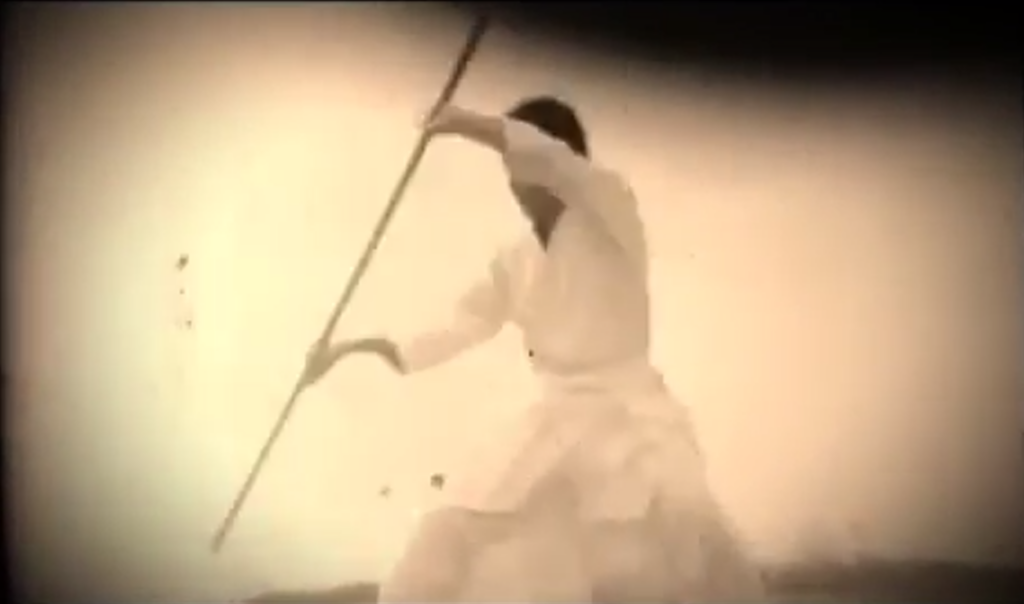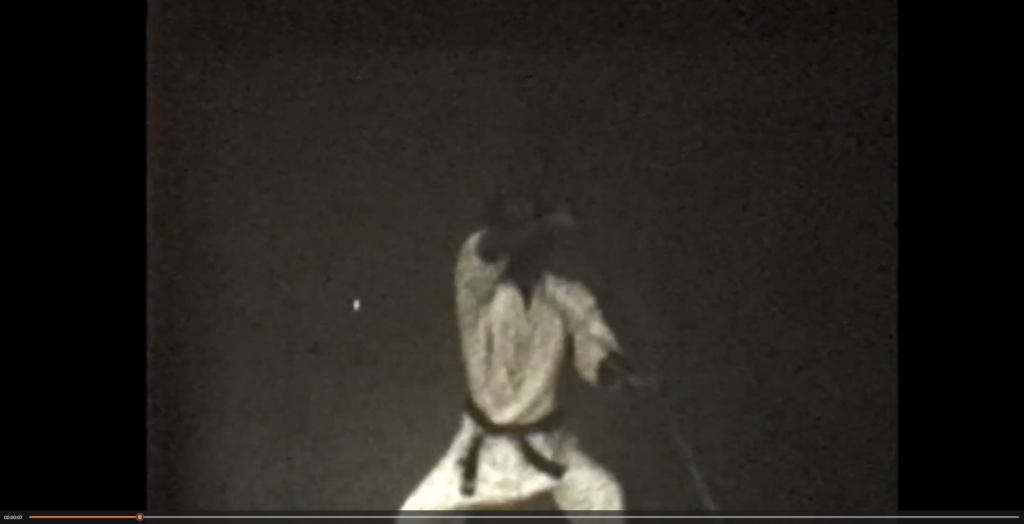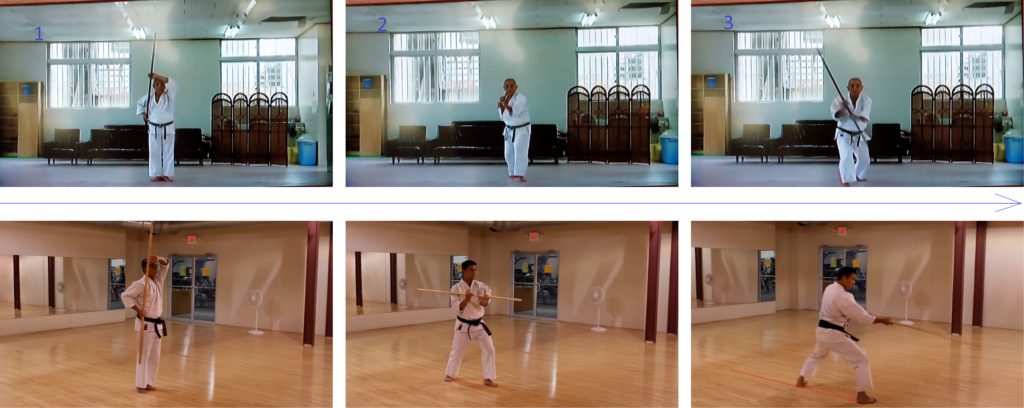This is my recinstruction of “Sakugawa no Kon” old-style as described by Miki Jisaburo in 1930, after learning the kata from Oshiro Chojo a year or so earlier.
If you follow closely, it is the same kata and Enbusen as can be seen in Higa Kiyohiko’s version (1970s) and Chinen Masami’s version (1961). The one difference is that this old version here more frequently uses what is simply called “defense” (mamoru) in the old text, and what is otherwise known today as Gedan-barai, Mamori and the like. Higa (1970s) and Chinen (1961) don’t use this technique as often as Oshiro (1930).
Now this “defense” (mamoru) comes in two varieties, but the details are not of interest here. Rather, the point of interest is the question whether there were two almost similar versions of the kata coming from Chinen Sanra (forefather of Yamanni-ryu), or whether Oshiro added these, or whether Chinen abridged the combos. The answer so far is unknown.
It should also be noted that neither Oshiro (student of Chinen Sanra) nor Higa (student of Chinen Masami), perform the initial step backward into preparation posture before lunging forward with the right foot and the first strike. Also, Yabiku Moden (student of Chinen Sanra) also didn’t teach it to Taira Shinken. And finally in Kakazu, where Chinen Sanra taught during his final year, it is also lacking. And this is true for old-style Shushi no Kon and Sakugawa no Kon.
The logical consequence is that this initial position is a later addition made by Kishaba Chogi, and therefore – including various other things – is a thing of the 1980s onward. As a result, you see it in all the bojutsu of the Kishaba lineage, namely by Nishime Kiyoshi, Oshiro Toshihiro, Shinzato Katsuhiko, Maeda Kiyomasa, Taira Yoshitaka and others. Later on, one Western practitioner even created another offshoot of this initial move, so the development and branching continues.
Well, this initial step makes the start of the kata more dynamic and sensational, but this is not the topic of this short article. This article is just to show how old-style “Sakugawa no Kon” looked, which techniques and enbusen it had. The rest are just observations from my study of various kata and systems and sources over the years. In the end, these are important hints as regards the appearance and evolution of kata and its techniques in the 1st and 2nd halfs of the 20th century.
© 2024, Andreas Quast. All rights reserved.



